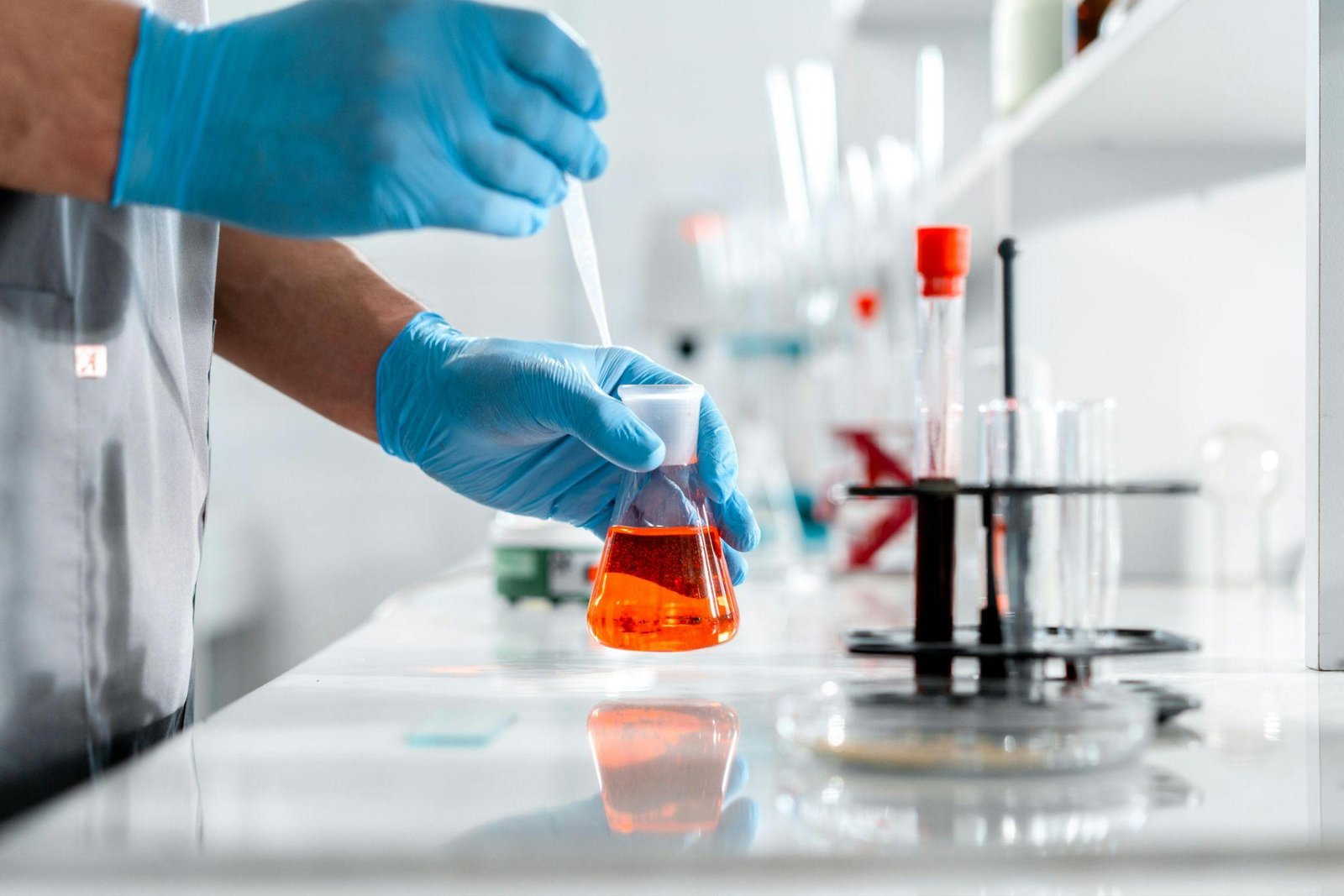Best Practices in NGS Library Preparation: Quality Control, Fragmentation, and Barcoding

Next-generation sequencing, or NGS, has reshaped how labs work with genetic NGS Library material. It’s fast, powerful, and packed with potential. But here’s the catch — it only works well if the prep work is done right. A tiny slip early on can snowball into bad data later. And once you reach that point, it’s too late to fix without starting over.
There are several critical steps in NGS library preparation that act like checkpoints on the road to a clean, successful run. From the very first sample check to the final barcode tag, each step shapes the end result. Cut corners, and you risk wasting time, reagents, and patience.
Quality Control First
Everything starts with the sample. If the DNA or RNA isn’t clean, the rest of the workflow is already in trouble. Quality control here is not optional. Think of it as the gatekeeper to your entire project.
For the purpose of determining purity, concentration, and integrity, laboratories make use of instruments such as spectrophotometry, fluorometry, and gel electrophoresis. Before moving on to the next step, it is important to correct any samples that exhibit signs of degradation or contamination. The act of moving forward without having good quality control is analogous to constructing on insecure ground; things will eventually fall apart.
Fragmentation: Getting the Size Right
Once the sample passes QC, the next focus is fragmentation. This step breaks DNA or RNA into smaller, uniform pieces. The size matters a lot. If fragments are too long, they won’t work with the sequencing platform. Too short, and you lose meaningful information.
There’s more than one way to fragment — mechanical shearing, enzymatic digestion, or chemical treatment. Each comes with pros and cons. The choice depends on the type of sequencing, the sample, and sometimes even the budget. What matters most is control and consistency.
Prepping the Ends and Adding Adapters
Fragmented DNA needs a little polish before it’s ready for sequencing. End repair makes sure each fragment has the right chemical structure to accept adapters. Skip this or rush it, and the adapters may not attach. No adapter means no sequencing.
Adapter ligation is the next move. These short DNA sequences connect your fragments to the sequencing platform and give the sequencer a starting point. High-quality adapters, plus careful handling, keep your run from falling apart later.
Barcoding: Keeping Samples Straight
When multiple samples go into the same sequencing run, barcodes become the hero of the process. These are short, unique DNA tags added to each sample’s adapters. They let the system tell one sample from another when the data comes back.
Barcoding saves both time and cost. Instead of running samples one at a time, you can pool them. Later, software uses the barcode information to sort them back into the right groups. Skip barcoding or get it wrong, and you end up with a messy mix of data that’s nearly impossible to untangle.
Quality Checks Along the Way
Quality control isn’t just for the start. Smart labs run checks after fragmentation, after ligation, and after barcoding. Each checkpoint catches problems before they snowball.
This habit saves more than frustration. It saves money. If a batch fails after the final run, it’s far harder to figure out what went wrong. Spot the issue early, and you can adjust right away.

Documentation and Consistency
NGS library preparation works best when it’s done the same way every time. That’s where standard operating procedures come in. They keep the workflow tight and reproducible.
Detailed records are worth their weight in gold. Reagent lot numbers, equipment settings, exact timings — they all matter. Good notes also make troubleshooting less of a guessing game. Without consistency, even the best equipment can deliver unreliable results.
Wrapping It Up
NGS library preparation might look like a list of small, technical steps. But each one is a link in a chain. Quality control ensures a clean start. Fragmentation shapes the data you can collect. Barcoding keeps everything organized.
Skip a link, and the chain breaks. Follow each stage with care, and you end up with strong, dependable results. That’s not just good lab work — it’s the difference between guessing and knowing.








